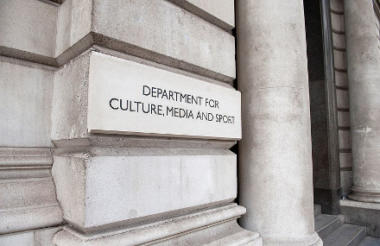A common theme in all our articles this month from charity chief executives about what it takes to be an effective leader in a modern charity, is the importance of setting strategy. By coincidence, the government has recently published its own Civil Society Strategy, its outline of how it will support and strengthen civil society in England. At 120 pages long, it lists various programmes of work already under way, and sketches out the government’s intentions for many more.
The sector’s response to the strategy has been cautiously positive: “a good start”, was the consensus. It’s true there are plenty of good, thoughtful ideas in it: renewed commitment to the Compact; a revival of grant funding; a rolling out across government of the Social Value Act; greater opportunities for civil society to contribute to policy-making; collaborative commissioning processes, among many others. At first reading, seeing all these initiatives in one place is really quite exciting: if it were possible to suddenly realise all of these ambitions tomorrow, England could be a very different place.
But it’s getting from here to there that’s the issue.
For the Civil Society Strategy is not really a strategy – at least, not in the way that our charity chief executives talk about strategy. There’s not even a timescale attached to it. Although the government says it will report on progress every two years, it caveats this by declaring: “The strategy outlines a bold vision that will be realised over the long-term. This period will span multiple parliaments and spending periods. The emergence of new pieces of work will inevitably depend on the outcomes of this exploratory work and decisions taken at future reviews of spending with the agreement of all relevant departments.” Or, in other words, “this is what we’d like to do, but it’ll take ages, and we can’t guarantee we’ll deliver any of it”. Imagine if our charities’ strategic plans were like that!
Some commentators compared the new strategy to David Cameron’s Big Society vision, unveiled back in 2010. We all know how that ended up. Despite some successes, in general the Big Society failed to deliver against its objectives to empower communities, increase social action, and transform public services.
In its final audit of the Big Society, the think tank Civil Exchange said one of the major factors in its demise was its failure to target resources where they are needed most. Reading the latest strategy, it feels like this lesson has still not been learned. It barely references the ultimate beneficiaries of civil society; the most marginalised, the most disadvantaged, the most damaged people and communities – yet at the end of the day, that’s what civil society really wants: better lives for those at the bottom of the heap. If the government is serious about helping civil society to tackle the yawning inequalities that afflict our society, it needs to quickly follow this document with a proper plan of how the strategy will be achieved, with clear objectives, a theory of change, and anticipated milestones. Otherwise this really does risk becoming Big Society 2.0.
Tania Mason









